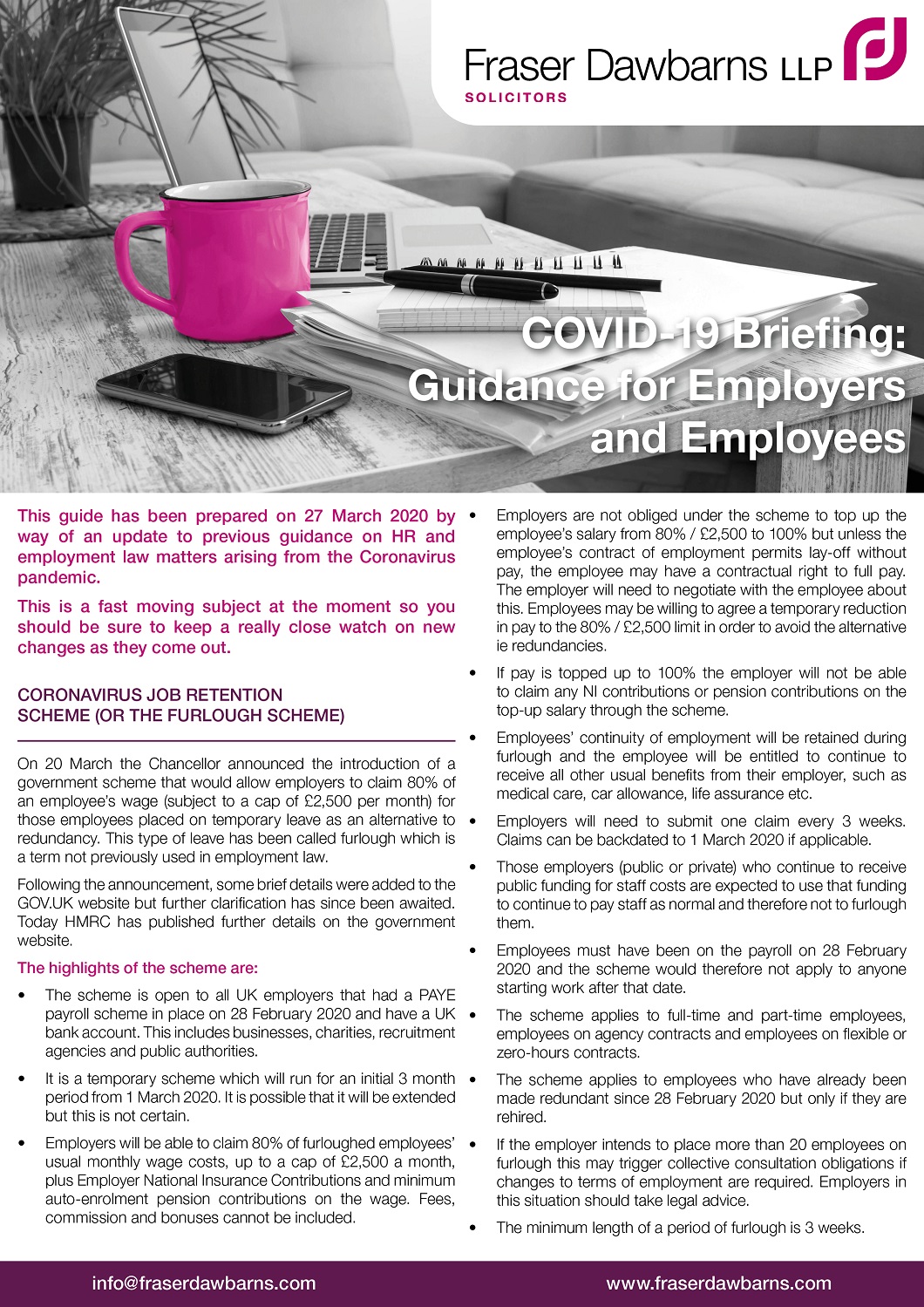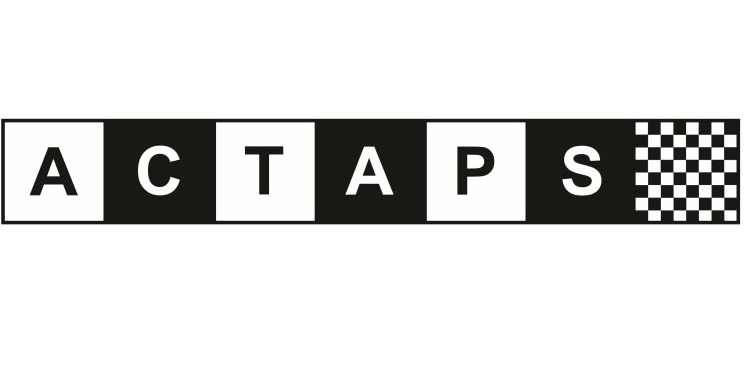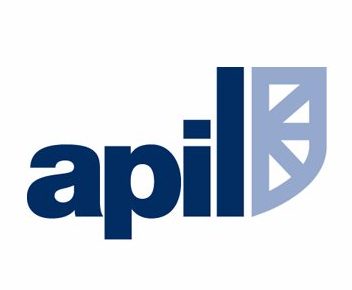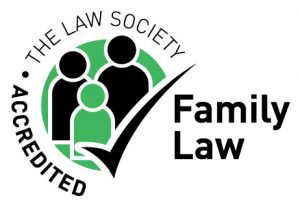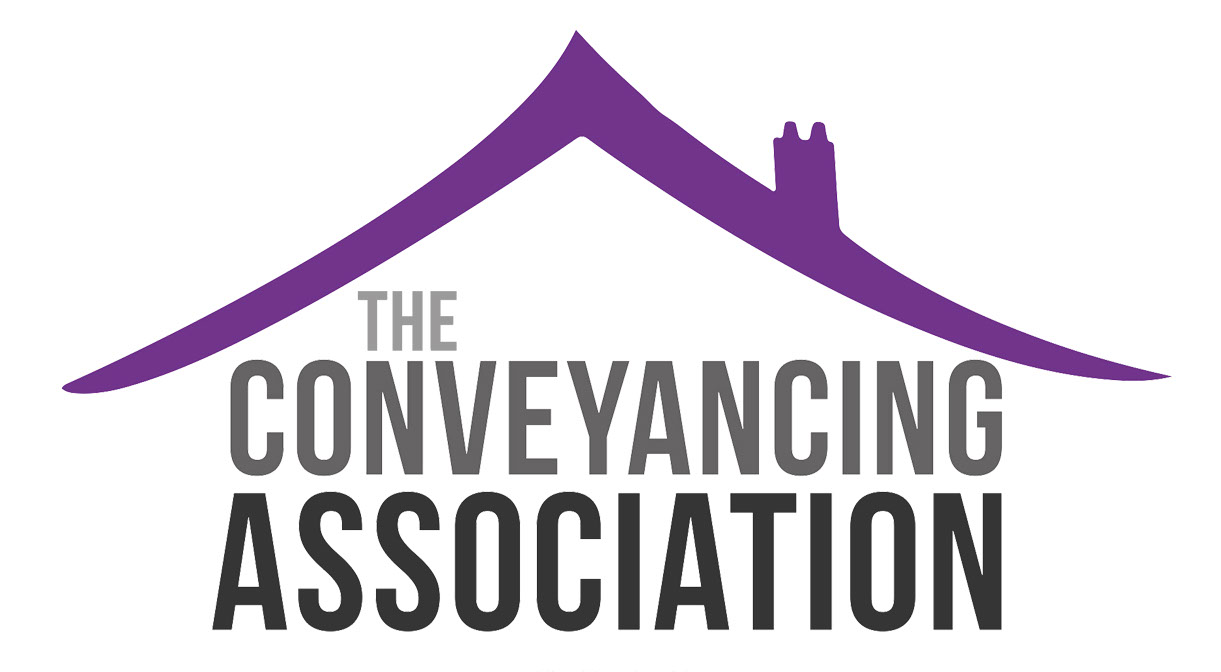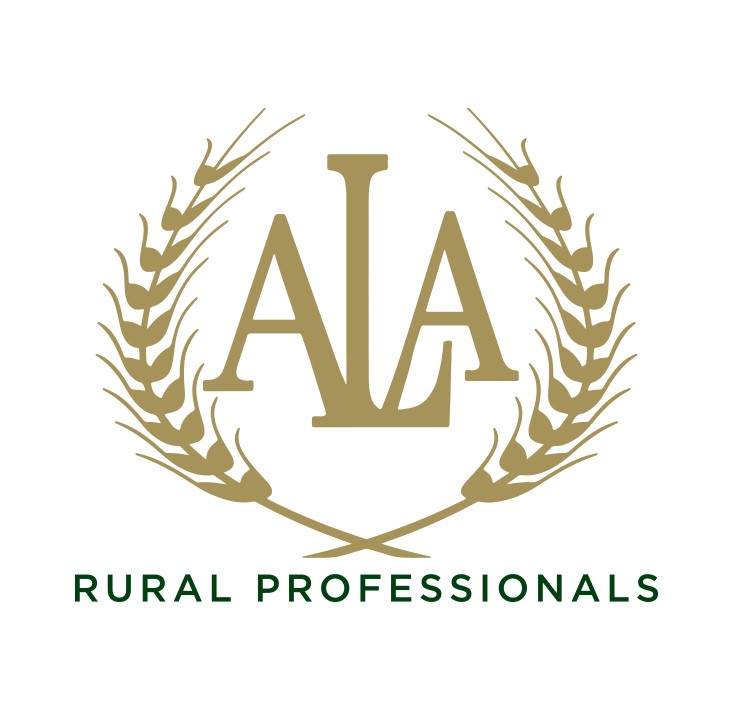COVID-19 Briefing: Guidance For Employers And Employees
This guide serves as an update to our previous guidance on HR and employment law matters arising from the Coronavirus pandemic. This is a fast moving subject at the moment so you should be sure to keep a really close watch on new changes as they come out.
On 20th March the Chancellor announced the introduction of a government scheme that would allow employers to claim 80% of an employee’s wage (subject to a cap of £2,500 per month) for those employees placed on temporary leave as an alternative to redundancy. This type of leave has been called furlough which is a term not previously used in employment law.
The Coronavirus Job Retention Scheme (Or The Furlough Scheme)
Following the announcement, some brief details were added to the GOV.UK website but further clarification has since been awaited. Today HMRC has published further details on the government website. The highlights of the scheme are:
- The scheme is open to all UK employers that had a PAYE payroll scheme in place on 28th February 2020 and have a UK bank account. This includes businesses, charities, recruitment agencies and public authorities.
- It is a temporary scheme which will run for an initial 3 month period from 1st March 2020. It is possible that it will be extended but this is not certain.
Employers will be able to claim 80% of furloughed employees’ usual monthly wage costs, up to a cap of £2,500 a month, plus Employer National Insurance Contributions and minimum auto-enrolment pension contributions on the wage. Fees, commission and bonuses cannot be included. - Employers are not obliged under the scheme to top up the employee’s salary from 80% / £2,500 to 100% but unless the employee’s contract of employment permits lay-off without pay, the employee may have a contractual right to full pay. The employer will need to negotiate with the employee about this. Employees may be willing to agree a temporary reduction in pay to the 80% / £2,500 limit in order to avoid the alternative i.e. redundancies.
- If pay is topped up to 100% the employer will not be able to claim any NI contributions or pension contributions on the top-up salary through the scheme.
- Employees’ continuity of employment will be retained during furlough and the employee will be entitled to continue to receive all other usual benefits from their employer, such as medical care, car allowance, life assurance etc.
- Employers will need to submit one claim every 3 weeks. Claims can be backdated to 1st March 2020 if applicable.
- Those employers (public or private) who continue to receive public funding for staff costs are expected to use that funding to continue to pay staff as normal and therefore not to furlough them.
- Employees must have been on the payroll on 28th February 2020 and the scheme would therefore not apply to anyone starting work after that date.
- The scheme applies to full-time and part-time employees, employees on agency contracts and employees on flexible or zero-hours contracts.
- The scheme applies to employees who have already been made redundant since 28th February 2020 but only if they are rehired.
- If the employer intends to place more than 20 employees on furlough this may trigger collective consultation obligations if changes to terms of employment are required. Employers in this situation should take legal advice.
- The minimum length of a period of furlough is 3 weeks.
- Employees on furlough will not be allowed to do any work for the employer. This means that employees whose hours are reduced will not be eligible for the scheme and will have to be paid in accordance with their contract of employment. Training and volunteer work are allowed.
- Employers may decide which employees to place on furlough but must bear in mind that any changes to an employee’s contract of employment will need to be negotiated with the employee and also that normal employment law will still apply, such as the law on equality and discrimination.
- To be eligible to claim employers will need to notify their employee in writing that they have been placed on furlough.
- Employees who were on unpaid leave before 28th February cannot be furloughed.
- Employees who are on sick pay or self-isolating should be paid statutory sick pay (or company sick pay depending on the relevant rules) and can only be furloughed once they return to work.
- Employees who are shielding on the advice of Public Health England etc. can be furloughed.
- Employees with more than one job can be furloughed for each job. This suggests that employees could be furloughed by one employer but continue working for another.
- It seems that employees on maternity leave can return to work and then be placed on furlough (provided they take at least 2 weeks off following the birth of their baby). Any enhanced maternity pay can be included as wage costs that can be claimed through the scheme. Once the employee returns from maternity leave it cannot start again and so it may be advisable for the employee to transfer to shared parental leave before returning to work prior to be furloughed.
A common question from employers is how they should select which employees to place on furlough where some employees are still required to work and only some will be placed on furlough. It is up to employers which employees they place on furlough; employees are not entitled to make that decision. However, employers should take care to ensure that employees are not chosen for furlough on the basis of a protected characteristic under the Equality Act 2010 which are age, race, religion or belief, disability, pregnancy or maternity, marriage and civil partnership status, gender reassignment or sex. It is not likely to be discriminatory though to prioritise those who are vulnerable. Employers should also generally be reasonable in their approach to selection for furlough and it would be advisable for them to document their decision making process.
Employees whose agreement is needed to place them on furlough (because their contract of employment does not give the employer the right to lay them off with reduced pay) and who do not agree, may potentially be able to bring a claim for constructive dismissal against an employer who does place them on furlough and reduce pay notwithstanding that they have not agreed. In order to bring such a claim, the employee would need to resign and therefore, in the current uncertain climate, such a claim may be unlikely. It should however be borne in mind. Full details of the furlough scheme are available at:
www.gov.uk/guidance/claim-for-wage-costs-through-the-coronavirus-job-retention-scheme
Sick Pay
Employees who have symptoms of Coronavirus and are self-isolating in accordance with government guidance should be paid statutory sick pay (SSP). Employees who are following guidance to self-isolate because someone in their household is exhibiting Coronavirus symptoms are also entitled to SSP. As a temporary measure, SSP will be payable from day 1 instead of day 4 and employers will be able to claim back up to 14 days SSP from the government. The legislation to cover this has not yet been passed but we understand it will be retrospective and allow claims from 13th March.
Employees who are too ill to work may also be eligible for company sick pay depending on the terms of the scheme. It is less clear whether employees who have only mild symptoms or are self-isolating because someone in their household has symptoms would be entitled to full pay, company sick pay or only SSP. Some of these employees may be able to work from home and this should be facilitated where possible. If homeworking is not possible, employers should still consider whether the employee is entitled to or should be paid full pay. If the employee would be ready and willing to work but has been ordered to self-isolate, we take the view that there is an argument that they should be paid full-pay unless their contract of employment says otherwise.
Remember that employees who are shielding in accordance with government guidelines can be placed on furlough, as mentioned above, but note that shielding is not the same as self-isolating. Shielding only applies to certain categories of vulnerable people. Those who are self-isolating are not likely to be able to obtain a fit note from their doctor and employers should bear this in mind when it comes to the usual sickness reporting procedures. A new isolation note has now been introduced and is available from NHS-111 for those with symptoms of Coronavirus or who are caring for someone with symptoms.
Employees who do not qualify for SSP may be entitled to Universal Credit or Employment and Support Allowance.
Home Working
Current advice is that employees should work from home unless it is impossible to do so. Employees who are working from home should be paid their normal pay. This is different to a situation where the employee is unfit to work due to symptoms of Coronavirus in which case the sick pay regime would apply. Where home working is genuinely impossible, every effort should be made by the employer to comply with its health and safety obligations. Measures might include ensuring social distancing, deep cleaning, having a “skeleton staff” etc.
Disputes are arising in cases where employees do not want to come into work because of fears of Coronavirus or because they live with a vulnerable person. If it is just not possible for the employee to work from home, employees could be required to come into work and it may be a disciplinary matter if they refuse. However, this is an incredibly difficult and sensitive issue and employers and employees should both act reasonably and with integrity in the circumstances. It is possible that employees who are dismissed for failing to come to work in these circumstances may have an uncapped claim for automatic unfair dismissal on health and safety grounds. And aside from the risk of claim, employers may want to be cautious of taking a hard-line approach if it could potentially be damaging to their reputation publicly or create a bad feeling amongst employees. We would suggest that decisions are made on a case by case basis after open and honest discussions with employees. We are on hand to advise further if needed.
Lay-Off Or Short-Time Working
Employers are entitled to lay-off employees without full pay if the employee’s contract of employment expressly allows it. This is not very common though. In such cases, the employee would normally only be entitled to a statutory guarantee payment which is only £29 per day for up to 5 days in any 3 month period. However, it seems that employers could use the furlough scheme rather than to lay-off under the employment contract in this way.
If the employee’s contract does not permit lay-off without pay, the employee would be contractually entitled to full pay for any period of lay-off. This would include a situation where the employee is furloughed which means that the employer would be obliged to top-up the employee’s pay from 80% to 100% unless some other agreement is reached with the employee. However, employees may be quite willing to agree to a temporary reduction in pay if the employer cannot actually afford to continue to pay the employee full pay during a period of lay-off and the alternative is likely to be redundancies. This is especially so if the employer is likely to become insolvent as a result of this situation and therefore unable to pay the employee notice pay or statutory redundancy pay in any event. The employee would in that case have to apply to the government to claim any payments owed by the employer.For further information see:
www.gov.uk/your-rights-if-your-employer-is-insolvent
If an employee’s contract of employment allows the employee’s hours to be reduced temporarily – short-time working - the employer could choose to exercise this. The furlough scheme would not be available in such cases because the scheme does not permit the employee to work for the employer at all.
Employees On Zero-Hours Contracts
Employees on zero-hours contracts were initially vulnerable to being suspended on no pay or given reduced hours. However, the HMRC guidance on the furlough scheme released today says that employees on such contracts are eligible for the furlough scheme. This will no doubt be a relief to those affected. Please see the HMRC guidance on the furlough scheme for further details as to how employees’ wages are calculated for the purposes of the employer’s claim under the scheme.
Redundancies
Unfortunately there may be cases where redundancies have to be considered by employers. Employers who temporarily lay-off employees under the furlough scheme are still entitled to consider whether redundancies will be needed once the scheme has ended. There does not appear to be anything preventing an employer from consulting with employees about potential redundancies while all or some of its employees are furloughed. Where redundancies are contemplated, the usual employment law will apply and legal advice should be taken.
There is some uncertainty at the moment as to whether it would be an unfair dismissal for an employer to make an employee redundant rather than keeping them on using the furlough scheme. If the employer had sufficient cash reserves and could continue to pay the employee while it waits for reimbursement from the government but chooses instead to make employees redundant, there may be the potential for an unfair dismissal claim. However, some employers may simply be unable to continue paying their employees’ wages during a period of shut-down while they wait for government funding to come through. In such cases the employer may not have any other option but to make employees redundant and therefore dismissal will be potentially fair. This is going to be an uncertain area and we will have to wait and see how it plays out. For now, employers should do what they can to avoid redundancies. This may include taking advantage of the Coronavirus Business Interruption Loan Scheme where it is available, or perhaps asking employees to agree to defer payment of their wages.
Employers will be required to consult with their employees about potential redundancies. Where the employer envisages making 20 or more employees redundant, collective consultation process may apply. Employees with more than 2 years’ continuous service would be entitled to statutory redundancy pay, notice pay and pay in lieu of accrued but untaken holidays. In the unfortunate event of an employer being insolvent, the employee can get further information in relation to claiming such payments at:
www.gov.uk/your-rights-if-your-employer-is-insolvent
Final Points
This is a very difficult period for employers and employees alike and there is a lot of uncertainty about the legal landscape. It is also continually changing and so everyone is strongly advised to follow developments as much as possible and to take legal advice whenever needed. People are being encouraged to act ethically, reasonably and with integrity. Compromise is going to be needed and open and honest discussions between employers and employees are encouraged.
Further Guidance
For further information we suggest the following:
- GOV.UK should be monitored for updates
- Citizens Advice Bureau
- Acas
- NHS or Public Health England
There are various podcasts available covering the Coronavirus and providing daily updates. You can also contact Fraser Dawbarns employment team for further information and guidance. Please email kimcross@fraserdawbarns.com in the first instance.
Peace of Mind through difficult times
In uncertain times, the only thing we can say for certain is that nothing will stay the same for long.
It is entirely possible, therefore, that new legislation will have been introduced which will mean that all or part of this briefing no longer reflects the current law.
Because of this, we ask you to consider that, although correct at time of printing, information in this sheet may no longer be up to date and it is always best practice to consult with a lawyer about anything contained in this briefing.
Our lawyers are available to help answer any of your questions about this or any other legal concern you have.
Please contact Fraser Dawbarns directly for up-to-date information on your specific circumstances.
This Guide was prepared on 27th March 2020
New laws are being introduced and current legislation is regularly being updated. Although every effort has been made to ensure that information contained in this sheet is accurate, it may no longer be current at the time of reading. We strongly recommend consulting with a lawyer about your specific circumstances.
Read our Other COVID-19 Briefings
Our COVID-19 Guides contain useful information on how the coronavirus pandemic and the lockdown have affected legal services and everyday life across the UK.
- Extension to Stay on Residential Posessions
- Could an LPA Have Helped Me During the Lockdown?
- Dispute Resolution During the Pandemic
- Force Majeure and Frustration
- Coronavirus and Business Interruption Insurance
- Winding Down the Furlough Scheme
- Child Maintenance on a Reduced Income
- Reopening the Housing Market
- Life After Furlough
- The Changing Face of Litigation
- Holding Company Meetings During Lockdown
- Recovering Debts While Under Lockdown
- Making or Amending a Will Under Lockdown
- Commercial Lasting Powers of Attorney
- The Three Month Ban on Evicting Tenants
- Child Contact and the Coronavirus Lockdown
- Commercial Tenancies and Rights of Forfeiture
Related Articles
Recommended By The Legal 500 Directory*
*We are recommended for the following practice areas: Corporate and Commercial, Debt Recovery, Employment, Personal Injury: Claimant, Agriculture and Estates, Contentious Trusts and Probate, Family, Personal Tax, Trusts and Probate & Commercial Property.
ServicesContact